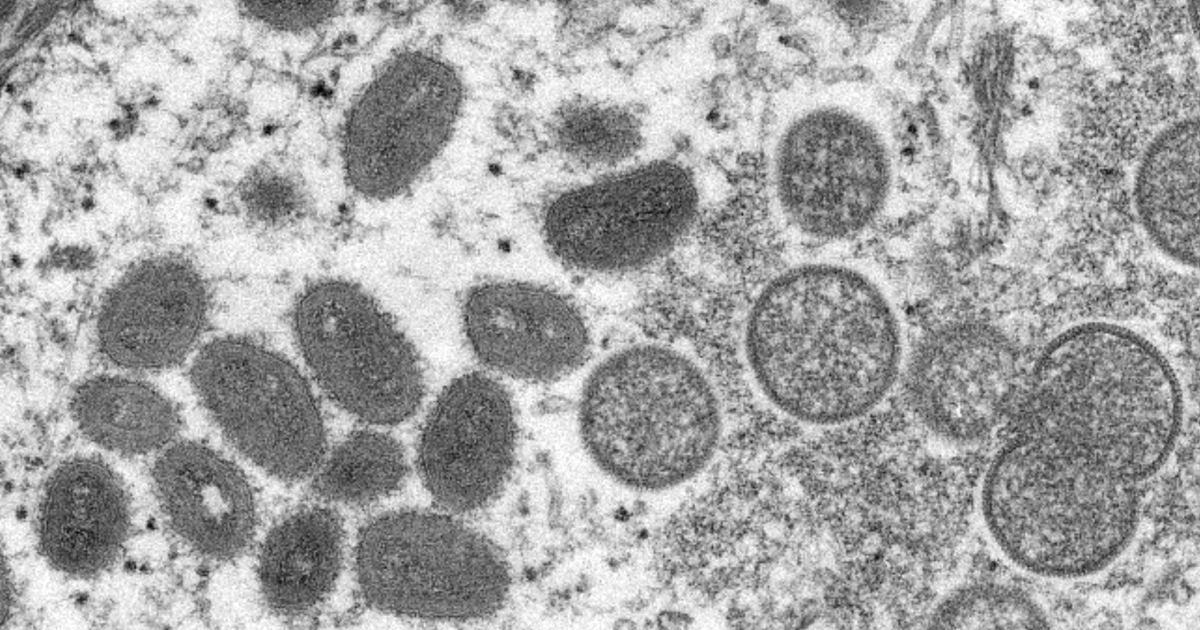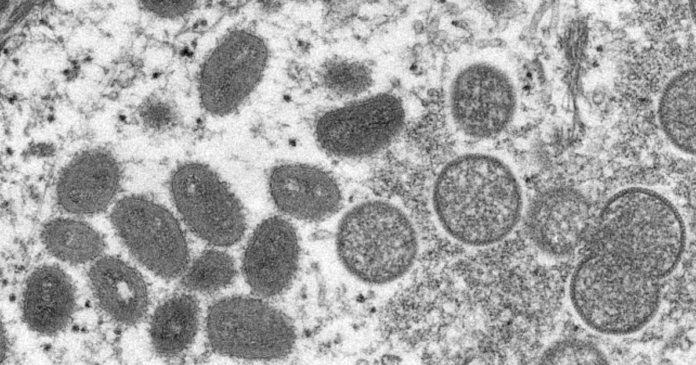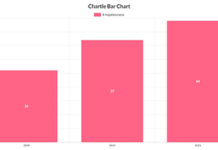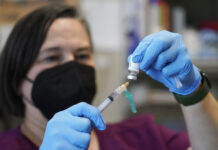
Los Angeles County health officials have reported what might be the first death of a person with monkeypox in California.
At a news conference Thursday, Dr. Rita Singhal, chief medical officer for the L.A. County public health department said:
“We are early in the investigation and do not have additional details available at this time. As soon as details become available, we will share them while maintaining confidentiality and privacy.”
The agency did not release other details of the deceased person. It’s also unclear if the deceased received medical treatment related to monkeypox diagnosis or if the person was hospitalized.
“This is one of two deaths in the United States that are currently under investigation to determine whether monkeypox was a contributing cause of death,” Dr. Singhal said.
The first death tied to monkeypox in the U.S. was reported Aug. 30 in Harris County, Texas.
Monkeypox In LA So Far
More than 1,800 people have tested positive with monkeypox in L.A. County. Cases in the outbreak have largely been centered among men who have sex with men, particularly those who have multiple sex partners.
Health officials also announced expanded eligibility for the free monkeypox vaccine, now to include people “who are at risk for future exposures,” said Dr. Singhal.
L.A. County residents who self attest to being in the following groups may get the vaccine:
- Gay or bisexual men, or any men or transgender people who have sex with men or transgender people.
- Persons of any gender or sexual orientation who engage in commercial or transactional sex.
- Persons living with HIV, especially persons with uncontrolled or advanced HIV disease.
- Persons who had skin-to-skin or intimate contact with someone with suspected or confirmed monkeypox, including those who have not yet been confirmed by Public Health.
What questions do you have about the pandemic and health care?
Jackie Fortiér helps Southern Californians understand the pandemic by identifying what’s working and what’s not in our health response.









